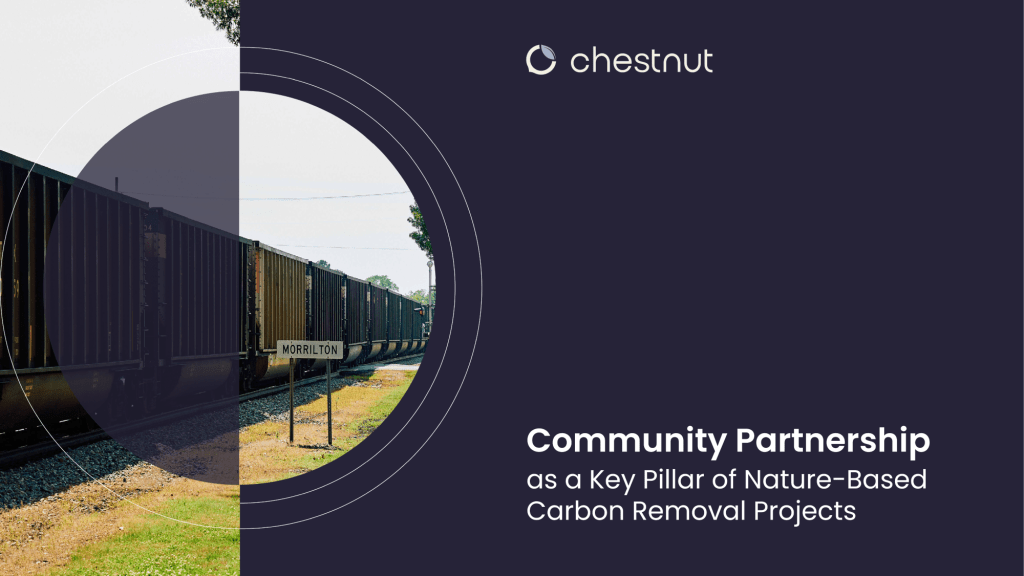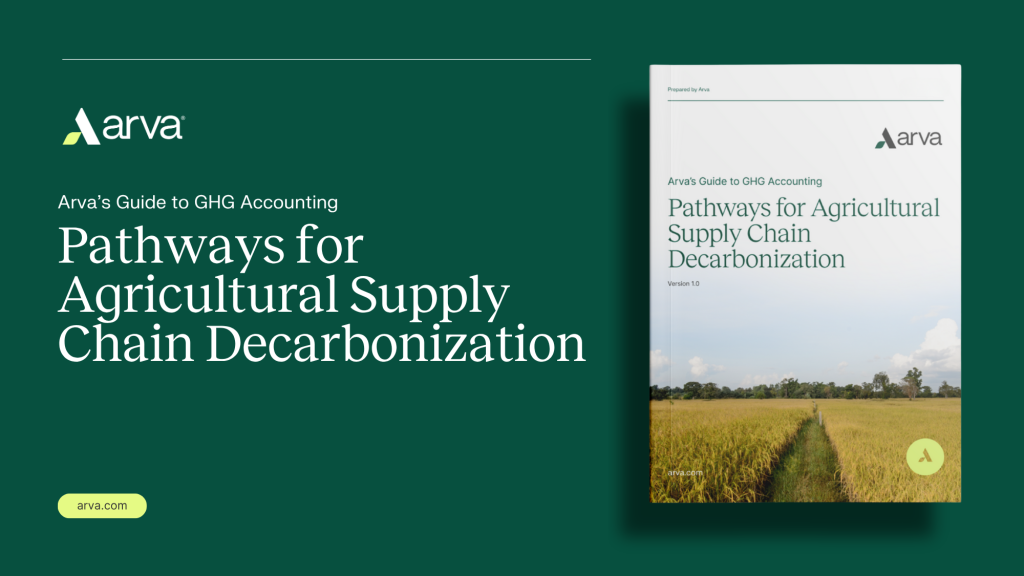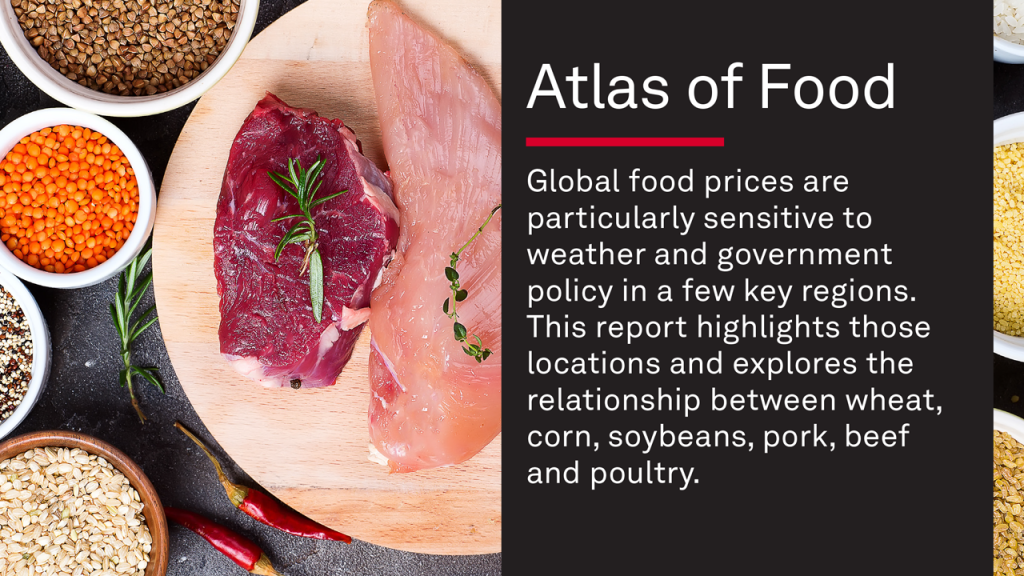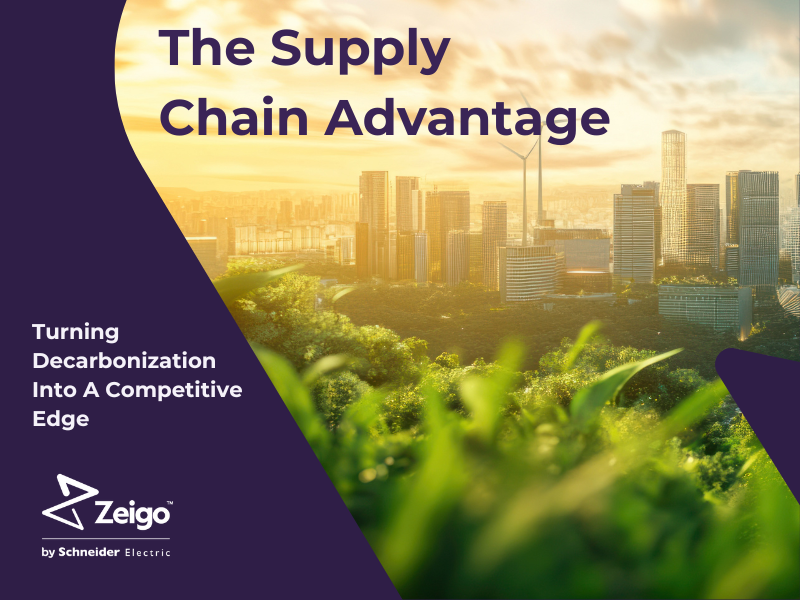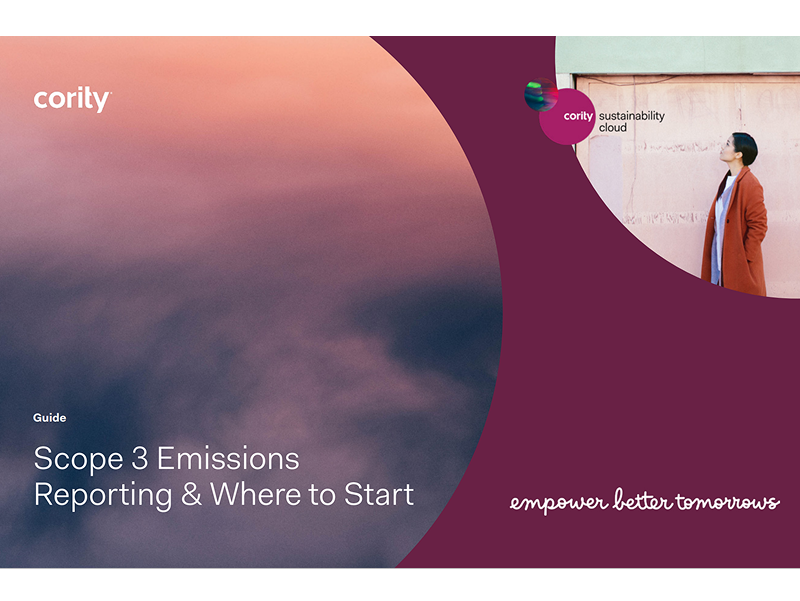Ontario Power Generation Facility Retrofits
By retrofitting existing nuclear, fossil and hydroelectric facilities, Ontario Power Generation (OPG) has increased the efficiency of its electricity system while also reducing greenhouse gas (GHG) emissions. Improving internal energy efficiency is an important component of OPG’s integrated and flexible program to reduce GHG emissions. OPG has voluntarily committed to stabilizing net GHG emissions at 1990 levels in the year 2000. By improving internal energy efficiency, Ontario Power Generation reduced its GHG emissions by 1.7 million tonnes in 1999, equivalent to approximately $70 – $80 million.
First introduced in 1994, OPG’s Internal Energy Efficiency Program is a corporate-wide initiative to reduce energy consumption. Using a variety of approaches to facilitate program effectiveness, the Program aims to improve energy efficiency through changes in employee behavior, operating procedures, processes and/or equipment. In 1995, the Program was expanded to include energy conversion efficiency improvements that aimed to maximize the amount of electrical energy produced for a given amount of fuel input, whether it be uranium, coal, or water.
Employees are actively involved in the process of identifying and implementing energy efficiency savings. They contribute ideas, learning and apply new skills that produce sustainable results. Each energy efficiency project must be technically sound and not compromise safety or operational constraints. The project must remain in place for a minimum of 10 years.
Retrofits as a result of OPG
